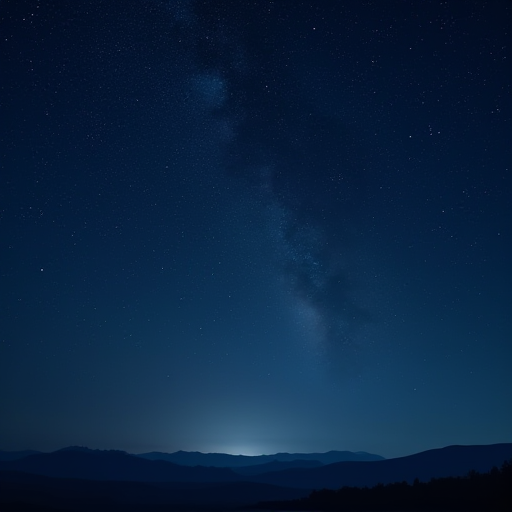
Why Do Stars Shine at Night?
Stars have captivated human imagination for millennia, serving as guiding lights in the sky and inspiring myths, stories, and scientific inquiry. One of the most fundamental questions about stars is: "Why do they shine, especially at night?" To uncover the answer, we must delve into the realms of astrophysics and understand the processes governing these celestial objects.
The Nature of Stars
What are Stars?
Stars are massive celestial bodies composed predominantly of hydrogen and helium gases. They are held together by gravity and generate energy through nuclear fusion in their cores. This energy production is what makes stars shine.
The Process of Nuclear Fusion
At the core of a star, temperatures and pressures are extraordinarily high. Under such extreme conditions, hydrogen atoms collide with enough force to overcome their natural repulsion and fuse together, forming helium. This process, known as nuclear fusion, releases a tremendous amount of energy in the form of light and heat. Specifically, the fusion of hydrogen into helium is the dominant energy source for stars like our Sun.
Why Do Stars Shine?
Energy Release
The light emitted by stars is the visible part of the energy released through nuclear fusion. This energy travels from the core of the star to its outer layers and eventually radiates into space. The light we see from stars is the result of this energy journeying across vast distances to reach Earth.
Stellar Atmosphere and Light
The outer layers of a star, known as the stellar atmosphere, scatter and emit light. Different elements within a star's atmosphere absorb certain wavelengths of light, creating a spectrum that is unique to each star. This spectrum is what astronomers use to determine a star's composition, temperature, and other properties.
Why Do Stars Shine at Night?
Earth's Rotation
The primary reason we observe stars shining at night is due to the Earth's rotation. As the Earth rotates on its axis, different parts of the planet face away from the Sun, resulting in night. During this time, the sky darkens, allowing the light from distant stars to become visible.
Absence of Sunlight
During the day, the Sun's intense brightness overwhelms the light from other stars, making them invisible to the naked eye. At night, in the absence of sunlight, the much fainter light from stars becomes discernible.
Atmospheric Conditions
The Earth's atmosphere plays a role in how we perceive starlight. On clear nights, with minimal atmospheric interference, starlight can pass through the atmosphere relatively undistorted, making stars appear brighter. Conversely, atmospheric conditions such as clouds, pollution, or light pollution from urban areas can diminish the visibility of stars.
The Twinkling of Stars
Stars appear to twinkle due to the Earth's atmosphere. As starlight passes through layers of varying temperature and density, it refracts, causing the light to bend multiple times. This refraction makes stars appear to change brightness and position slightly, creating the twinkling effect.
Conclusion
Stars shine at night primarily due to the Earth's rotation, which causes different parts of our planet to experience darkness while facing away from the Sun. The inherent nuclear fusion processes within stars produce the energy and light that travel across the cosmos to reach us. Understanding these celestial mechanics not only satisfies our curiosity about the night sky but also connects us to the larger universe, reminding us of our place within it.
As we continue to explore the cosmos, the study of stars remains a central pillar in our quest to comprehend the universe and our existence within it. Whether guiding ancient navigators or fueling modern scientific discovery, the shining stars continue to inspire and illuminate both our skies and our minds.
